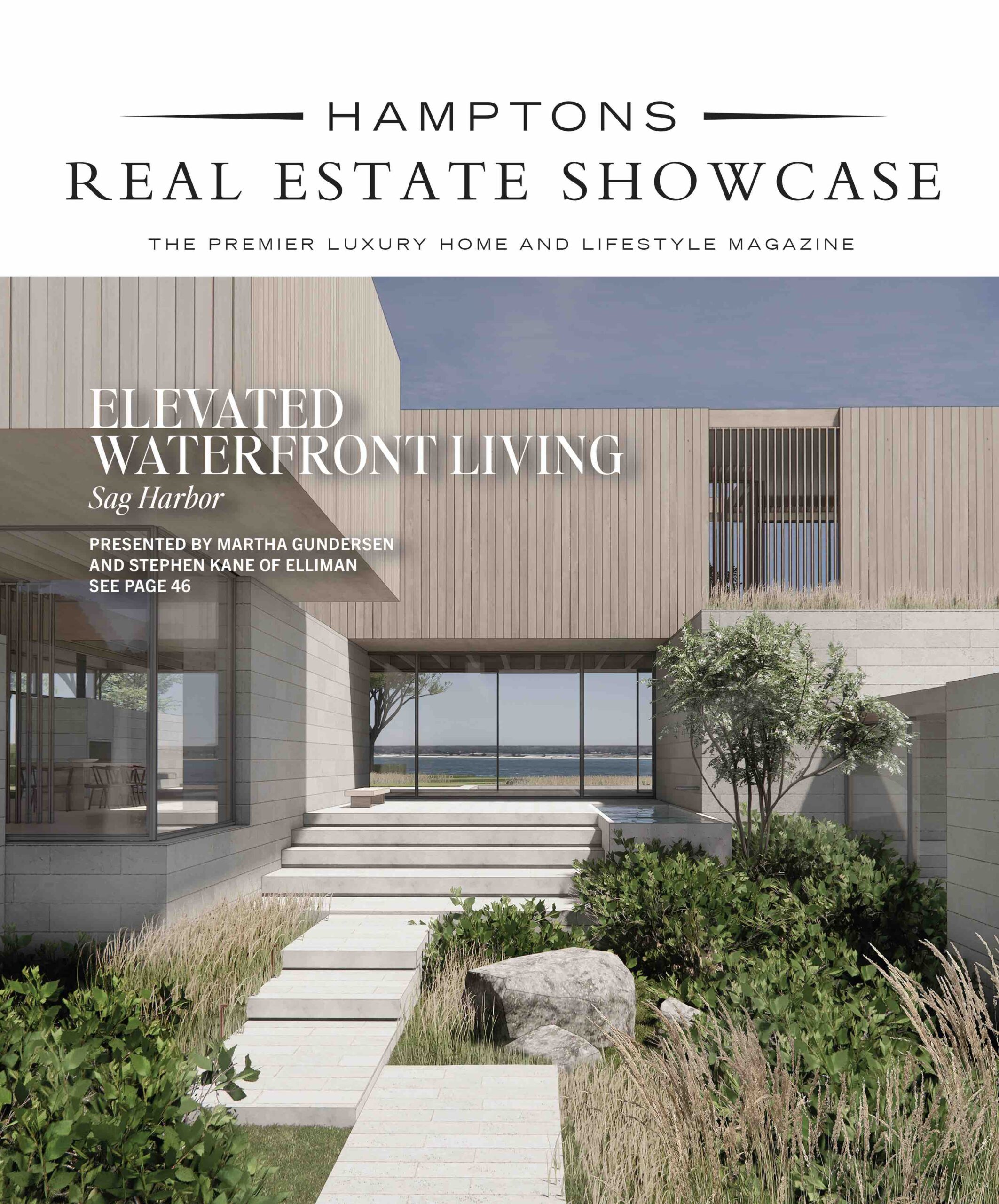A Florentine architect by way of the Hamptons creates minimalist things of beauty — with a soft touch.

In the career of an American architect, a stint in Europe constitutes a rite of passage, or at the very least, a style-forging experience. The architect Nicola Maggiaioli, born in Florence, Italy, made the reverse trajectory. In the middle of his life, he found himself lost in a dark wood. He’d reached a creative impasse in his work. For this Florentine, the way out was on the other side of the Atlantic, where he landed a job at Stelle Lomont Rouhani, one of eastern Long Island’s preeminent architecture firms. That is how Maggiaioli, who spent his formative years surrounded by the great buildings and art works of the Western tradition, ended up fluent in the architectural vernacular of the Hamptons.
Maggiaioli, who today is a partner in the studio Micchi Minuti, credits his American sojourn with sharpening his sense of ‘when to respect the rules and when to break them.’ Since returning to Italy in 2018, he has distinguished himself for his ability to invert established design tropes to playful, uncommon effect.
Take his redesign of the Golden View. a restaurant overlooking the Arno in the Ponte Vecchio quarter of Florence. Design cognoscenti have been known to stop in just to behold its olive wood and marble bar. Maggiaioli fashioned the base from a 700-pound hunk of white Carrara marble which he then topped with a two-and-a-half-inch-thick slab of olive wood. Through the topsy-turvy union of those elemental materials, he created a thing of beauty which seems so right that all who see it wonder why no one ever thought of it before. The deep-grained countertop would look equally at home in a domestic kitchen and will have you wishing slabs of olive wood were more readily available in this country.
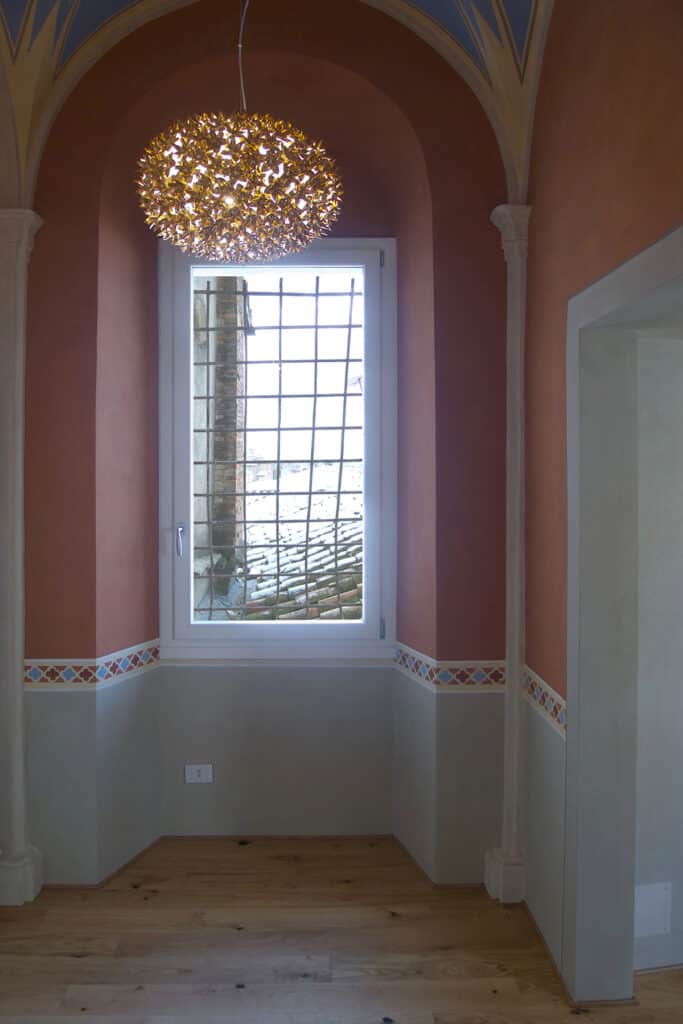
Architect Nicola Maggiaioli finished the walls of this room in a Perugian apartment in pale rose limewash. 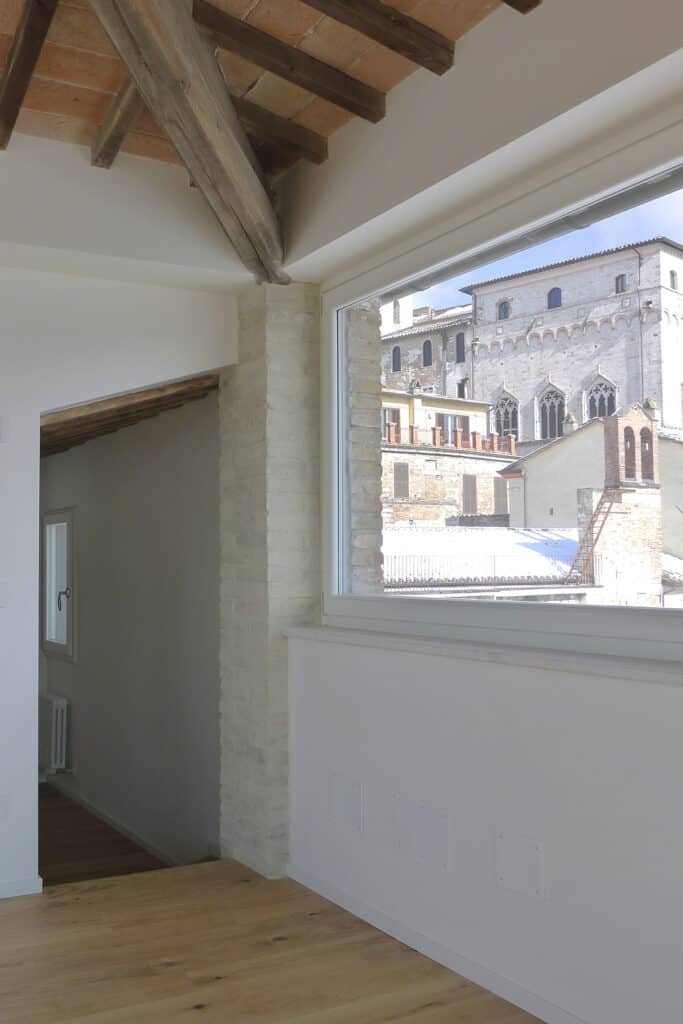
An apartment window gives on to the Palazzo dei Priori. 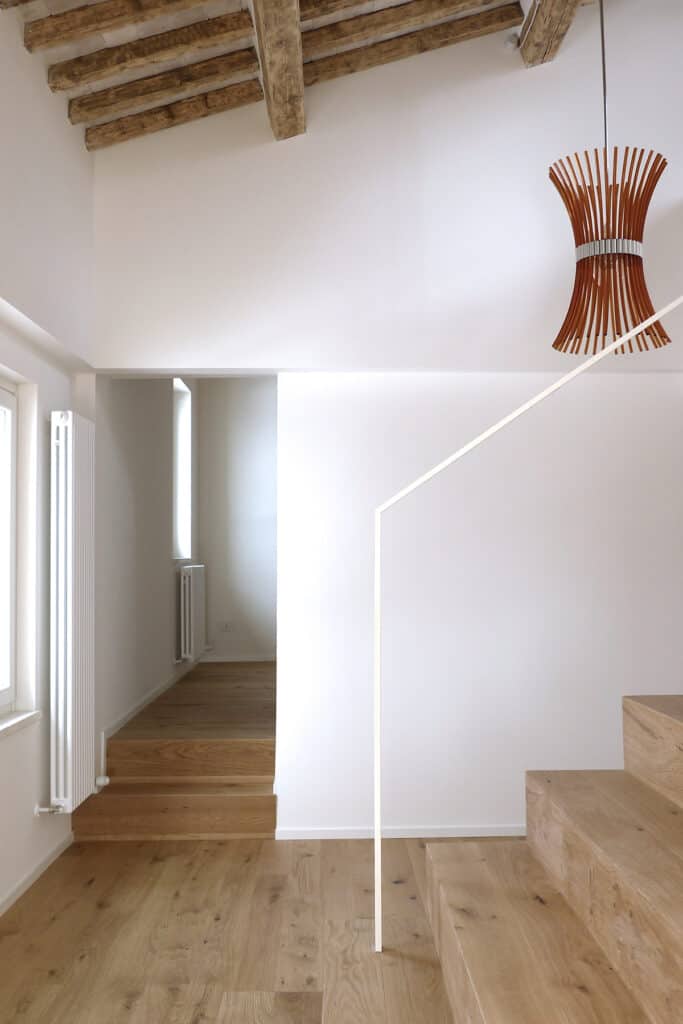
A new oak staircase of graceful proportions in a sensitively-restored apartment in Perugia. 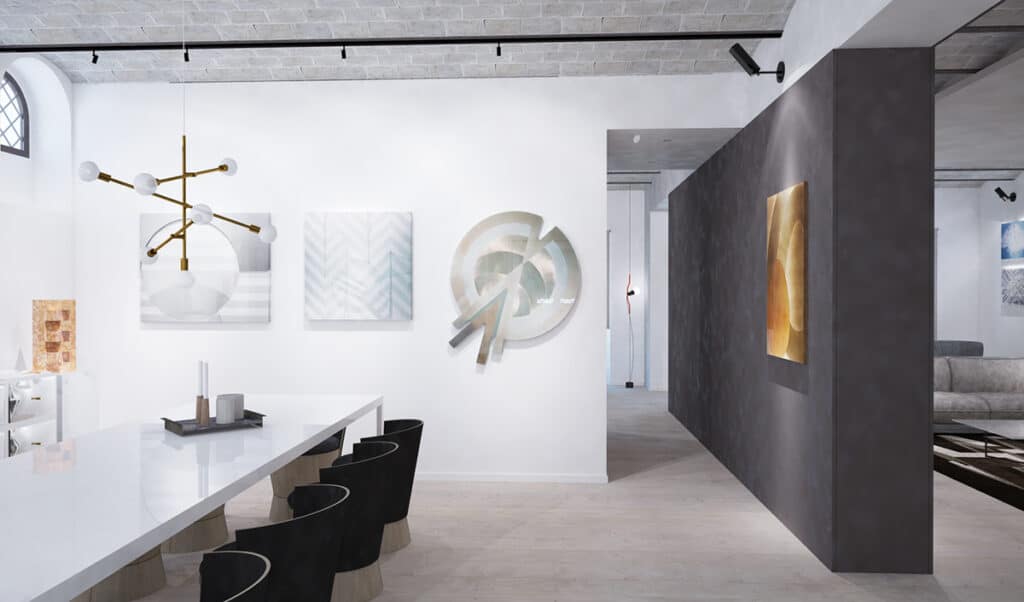
Rendering for a remodel of the artist Diana Baylon’s house in the foothills of Florence.
The other salient feature of Maggiaioli’s work — which he attributes in part, modestly, to his time in the Hamptons — is his treatment of natural light. That talent is on full display in Perugia, up three flights of stone steps, in a 3,200-square-foot apartment distributed over the top four floors of a house dating to the eighteenth century that he and his colleagues at Micchi Minuti refurbished earlier this year.
Maggiaioli took pictures of the house last April in the stillness of lockdown before its owners moved in. Even without furniture or ornament, the sun-dazzled rooms exude a feeling of warmth. They feel somehow complete. At a guess, it’s to do with the scale of the windows, which the team was able to enlarge, and the disposition of the rooms, which are orientated to take in the thoughtfully-framed views of the city’s ancient towers and churches. Maggiaioli brings a painter’s instinct for composition to his layouts and he pays special attention to doorways, openings, alcoves, and windows.
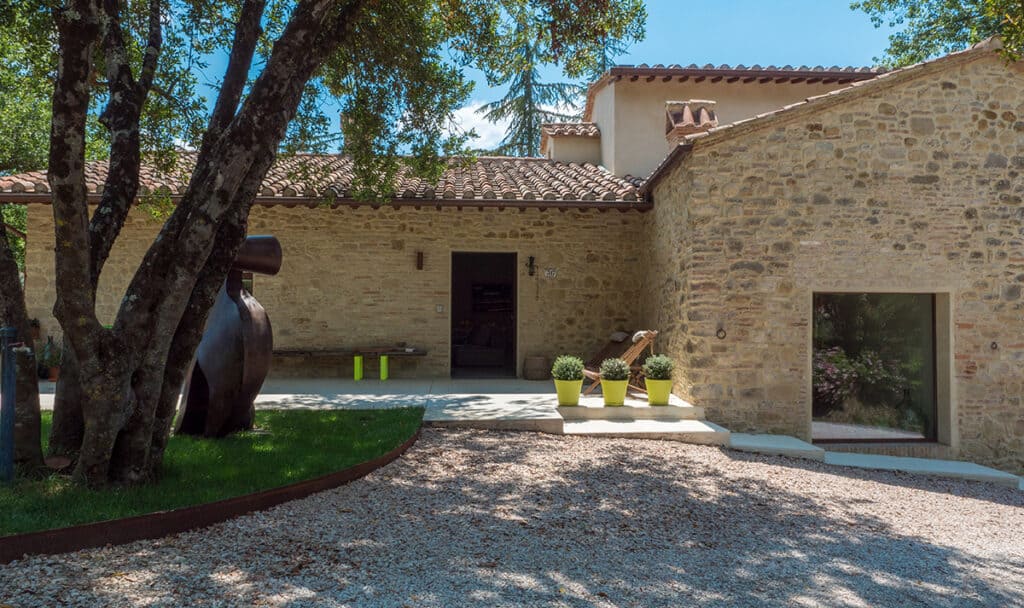
As the global health crisis subsides, there’s been a huge demand for architecture services on both sides of the pond. Maggiaioli and design partners Roberto Micchi and Maria Pia Minuti recently finished restoring and returning to life a nineteenth century manse, also in Perugia. (‘In the Nineties, the place was wrecked in an earthquake.’) Simultaneously, Maggiaioli completed plans to remodel a house in the foothills of Florence where the artist Diana Baylon, a contemporary of Eugenio Montale and Lucio Fontana, lived. The property is listed for sale with Sotheby’s International Realty.
Like many European architects of late, Maggiaioli has also begun accepting remote design commissions and has several projects on the East Coast in the pipeline. Through drawings, video footage, and photos, he’s able to transport himself into a space without leaving his studio in Florence. ‘The only thing I can’t see is the view out the window,’ he says. ‘But my clients are good at filling in the gaps.’
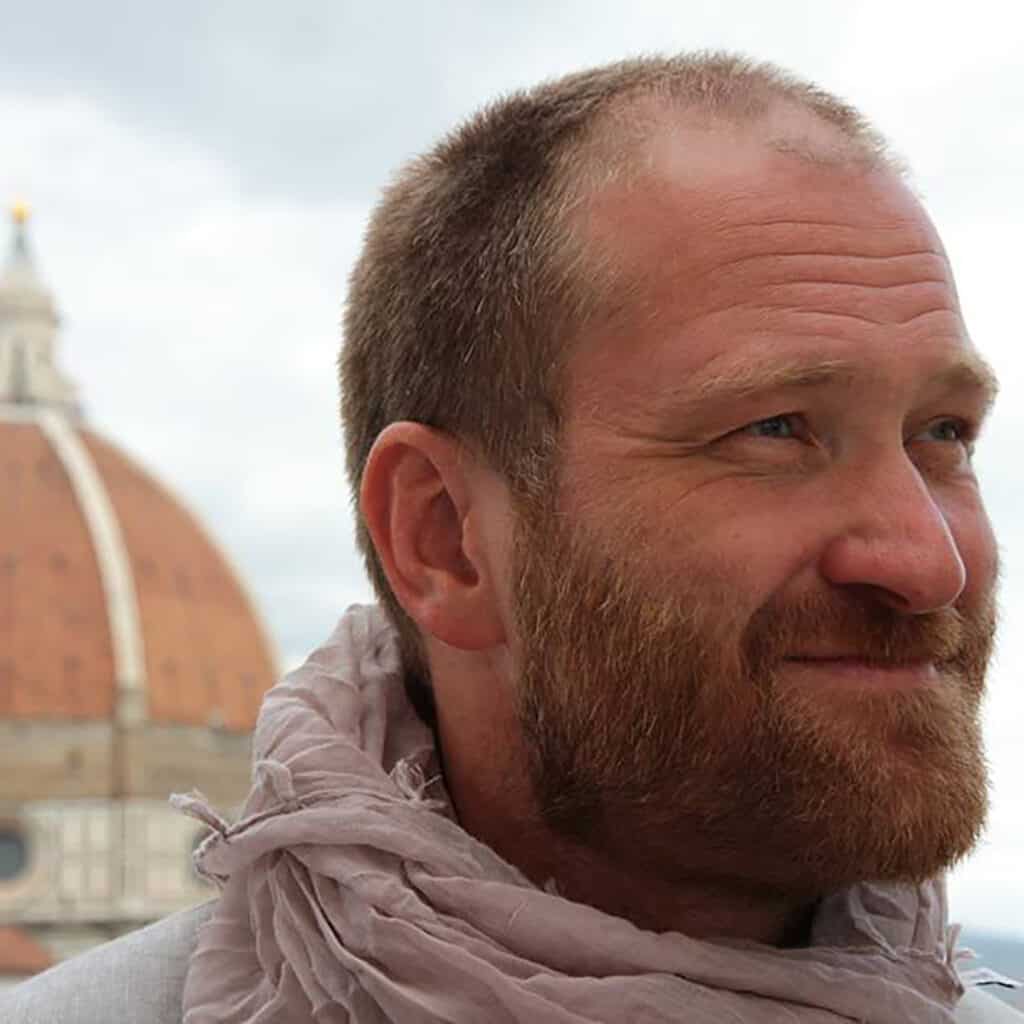













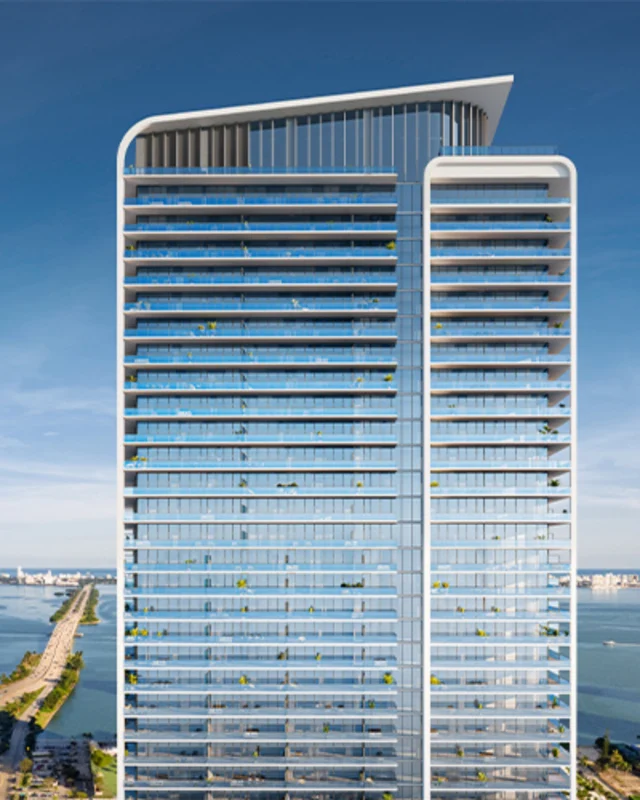

![Experience luxury, privacy, and resort-style living at this exceptional Shelter Island compound 🌳 139 N Ferry Road is a hidden gem featuring a custom-built main house, a gunite pool, radiant heat throughout, and a 1 bedroom guest apartment, all tucked away on 1.1± secluded acres.
Saturday, July 12th | 10am-12pm
Contact @annmarieseddio of @atlassalesrealty for more details. We hope to see you there! [link in bio]](https://hamptonsrealestateshowcase.com/wp-content/uploads/sb-instagram-feed-images/517355052_18521041705030135_8404531768775791793_nfull.webp)


![When clients bring bold ideas to the table, magic can happen. In Sag Harbor, interior designer Jessica Gersten crafted a light-filled, seven-bedroom home layered with sculptural details, playful textures, and statement pieces, including a forged-iron swing and a custom light fixture that anchors the double-height stairwell. The result is a space that feels as bold as it is livable. [link in bio]](https://hamptonsrealestateshowcase.com/wp-content/uploads/sb-instagram-feed-images/516636957_18520674460030135_5909864759900962270_nfull.webp)


